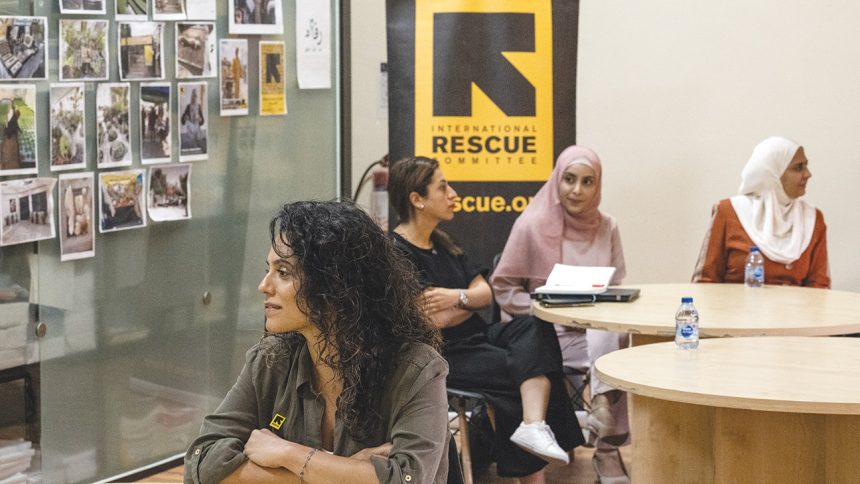Can Philanthropy Make Up for Trump’s Foreign Aid Pullback?
The international aid community, which includes many top Hollywood donors, has been reeling since the White House effectively eviscerated USAID at the start of Donald Trump’s second presidential term in January. After all, since World War II, America has been leading and shaping modern global policies and standards in humanitarian assistance.
The gutting cuts have shuttered the government agency and ended much of its critical fieldwork. Beyond relieving societal crises among the world’s most vulnerable populations, the multibillion-dollar programs also sought to reduce emergent threats from developing countries (such as infectious disease outbreaks) and act as a soft-power counterweight against geopolitical rivals including China and Russia. Now this expansive portfolio of challenges, ranging from health and education to economic development and disaster relief, is left to a cluster of nonprofit organizations whose own budgets have often been deeply hampered by the same forced austerity enacted by the Elon Musk-initiated Department of Government Efficiency.
“The impact of these changes, they’re devastating in scale, and it’s also just the pace at which it’s happening,” says Katherine Williford, chief development officer of Plan International USA, which champions girls’ rights abroad and whose supporters include Freida Pinto and Laurie Metcalf. (Goals include reducing violence and trafficking.) “We lost $38 million in funding, impacting 1.5 million people across 12 countries.”
“It’s a watershed moment, a seismic shift,” agrees Michelle Nunn, president and CEO of CARE USA, which fights poverty, with an advocacy focus on women and girls’ livelihoods, and has been backed by performers from Kelly Clarkson to Alexandra Daddario. As with Plan International USA, 40 percent of its funding has originated from the U.S. government. In CARE’s case, some of its work in places like Haiti and Sudan has ceased. So, too, in Yemen, where “children aren’t getting support around critical programs that allow them to survive.”
You Might Also Like
Nunn explains that for frontline groups like CARE, there’s a renewed push to develop alternate funding pipelines to fulfill mission goals, including impact investing and corporate partnerships: “Companies realize that when you invest in communities and their capacities to flourish, the people there can be successful as part of the supply chain.”
The International Rescue Committee, a disaster relief organization that itself has received 30 percent of its funding from federal resources, has seen nearly half of its projects terminated because of cuts. The remainder of the Trump term is likely to yield further reductions. “This is a moment where donors can make an outsized difference,” explains IRC’s Stephanie Van Sickel, who coordinates West Coast philanthropic giving with Warner Bros. as well as several of the major Hollywood agencies. (Its ambassador program includes Harry Styles, Rashida Jones and Rami Malek.) IRC senior director Ciarán Donnelly insists that, despite the vilification of international aid by ideologues, “the reality is that budgets in this sector are some of the most scrutinized in the world. Donors impose that. They expect value for the money.”
The Trump administration’s cuts have indirect impacts, too. Doctors Without Borders, for instance, doesn’t receive government funding. (Its most prominent supporters include Pedro Pascal, Angelina Jolie and Mark Ruffalo.) Yet because of the new reality, its programs now face the prospect of higher costs for supplies, staffing and logistical support. “The entire landscape of funding for humanitarian aid has shifted, coupled with significant uncertainty in the economic landscape,” says the organization’s chief development officer Deborah Garcia, who — like other executives with whom The Hollywood Reporter spoke — emphasized the importance of unrestricted donations in a moment of unprecedented crisis for the international aid sector.
This story appeared in a standalone issue of The Hollywood Reporter magazine. Click here to subscribe.







